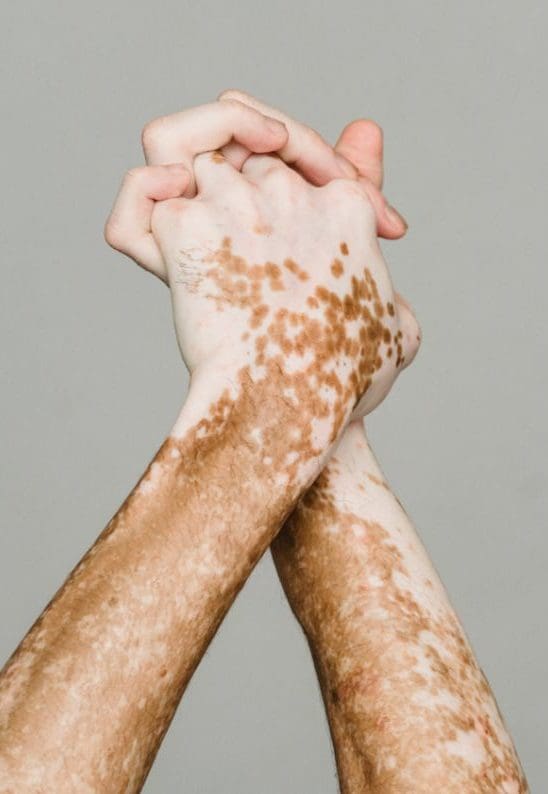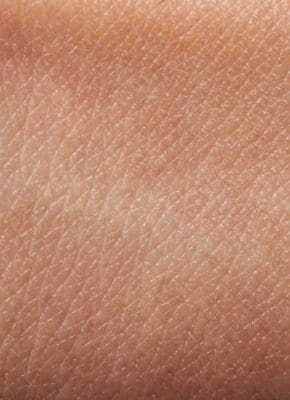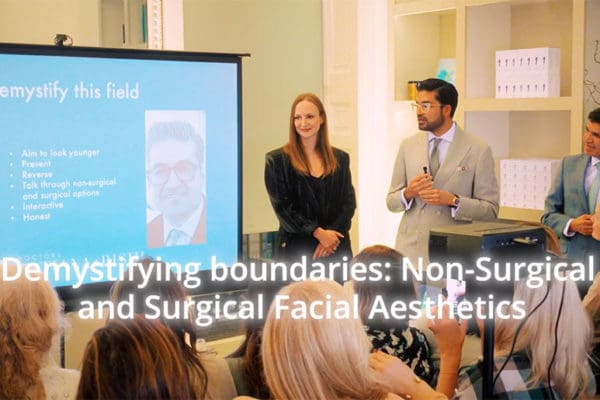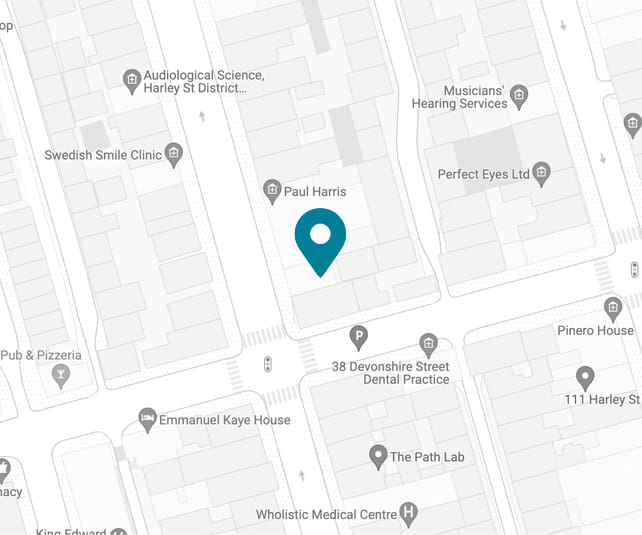Hypopigmentation
The colour of your skin, hair and eyes is determined by a pigment called melanin. This pigment is produced by pigment-cells called melanocytes. Healthy melanocytes will evenly distribute pigment throughout the skin, giving a smooth and even complexion. Unhealthy, inflamed or damaged melanocytes can either over-produce clumps of pigment leading to hyperpigmentation (dark spots), or stop producing pigment altogether leading to hypopigmentation (white spots).
Melanocytes are sensitive to their surrounding environment. Inflammation (e.g. acne, trauma, aggressive peels or lasers), hormones, sun exposure, medication and medical conditions can cause melanocytes to either over- or under-producing melanin pigment’. To ‘can cause melanocytes to either over- or under-produce melanin pigment. The treatment of white spots depends (Hypopigmentation) on the underlying cause, which may include milia, white-heads (closed comedones), vitiligo, pityriasis alba, tinea versicolour or sunspots (guttate hypomelanonsis).
It is important to consult one of our expert skin practitioners who can assess the underlying cause of your pigmentation problem and advise on the best treatment options for you.

Treatment Options
Topical skincare plays an important role in successfully treating hypopigmentation. Following a thorough consultation, your practitioner will recommend a tailored topical skin programme.
Fruit and other natural acids can be used to blend pigmentation, improve skin texture, and promote regeneration. The treatment involves a non-toxic chemical (usually from fruit acids) applied to naturally exfoliate the skin. Peels range from mild and refreshing to more intense and resurfacing. We offer a full range of Dr Tatiana’s own blend of chemical peels. Dr Tatiana has combined natural acids with anti-inflammatory ingredients to achieve optimal results, with minimal down-time.
CO2 lasers are ablative lasers that remove thin layers of skin and stimulate collagen production. When used in a controlled manner, CO2 lasers can promote skin healing and encourage the regeneration of melanocytes (pigment-producing cells) in the treated area. As the skin heals, there is a chance that repigmentation may occur, leading to a more even skin tone.
Exosomes are a topical gel applied to skin following microneedling, SecretRF, or CO2 laser treatments. The gel is made from billions of exosomes, micro-vesicles that contain thousands of growth factors, cytokines and nutrients that help to boost collagen, elastin and natural hydration. Exosomes work to regenerate skin cells and reduce inflammation and therefore can help reversing hypopogmentation.






